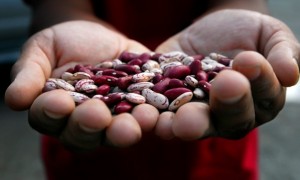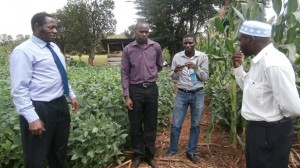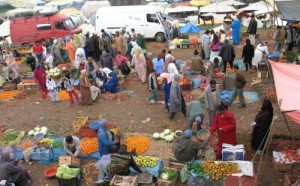Agriculture as practiced in most parts of the world today will simply not feed a human population of 9 billion by 2050. Innovation in food production is needed, and it needs to be adopted on a wide scale.
Indeed, the purpose of the ongoing Global Forum for Innovations in Agriculture (GFIA) 2015 has been to bring together global leaders, policy makers, researchers, manufacturers and community leaders to showcase and discuss the best agricultural innovations.The high-profile event was opened with keynote speeches by HH Sheikh Mansour Bin Zayed Al-Nayan of the United Arab Emirates, HRH King George Rukidi IV of Toro, Uganda, HRH Charles, the Prince of Wales, and US Vice President John Kerry.
The agricultural innovations needed will necessarily raise productivity and water-use efficiency of crops, while protecting the environment by reducing greenhouse gas emissions from farming.
At a GFIA Innovators Session on agroforestry, organized by Dr Dennis Garrity, Senior Fellow at the World Agroforestry Centre (ICRAF), several such innovations were presented. These low-cost and highly effective innovations promise higher crop yields, healthier soils and higher incomes for farmers, particularly the poorest smallholders in the developing world. The innovations also contribute to climate resilience for people and the planet.






